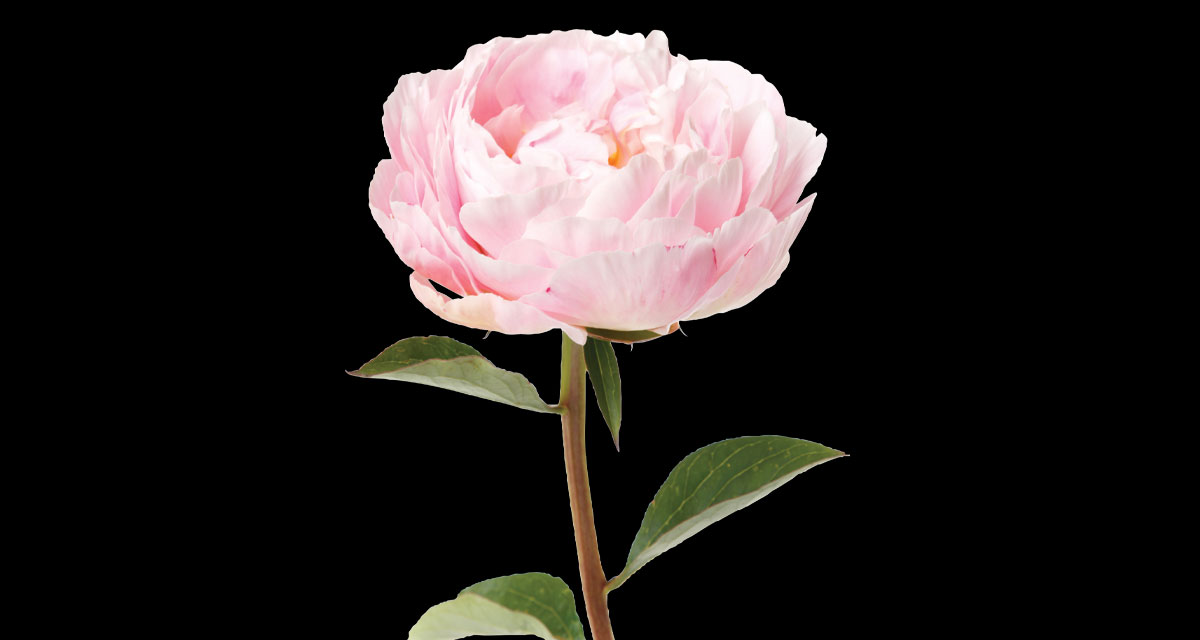The wait for a change of weather ends not with the calendar, but the temperature of the soil. As nights feel a little warmer, we start to look for signs indicating spring is on the way. Underground, soils rise between 50 and 60 degrees, which prompts the start of bulb development and awakens the dormancy of plants. Finally, we look at the ground, pushing away crisp brown leaves to uncover the first flowers—daffodils, snowdrops, crocus, Adonis, creeping Myrtle, and Glory-of-the-Snow. Limbs reveal buds on the flowering quince, a dense, thorny shrub, the Forsythia bush, maples, and the Magnolia. Weeds, too, such as the despised dandelion, make the list of the first blossoms to help nurture the starving pollinators. While almanacs and growing charts enable the eager gardener to begin planting based on dates, the appearance of spring’s first flowers provides an unexpected “tale” of vital information.
Days of Dormancy
Do you recall the days after Christmas when daytime temperatures reached 70 degrees, and it felt like a return to summer? Nature, of course, responded in a confused way to the glorious weather, and began developing buds. As days of warmth continued, some buds opened to reveal flowers. It takes substantial energy to awaken a plant, shrub, and tree from dormancy. Just imagine waking at 3 AM and being asked to lift 200 pounds! The act sounds impossible! Every living species needs a period of deep slumber to rejuvenate and prepare for the next event. Most chilling requirements range from existing at 32 to 45 degrees and include a specific number of hours. North Carolina’s apple trees, for instance, need a range of 750 to 1000 plus hours to prevent trees from blossoming too soon, while peach trees only require 200 to 1000 plus hours. Buds that cannot meet expectations may not produce flowers, impacting fruits’ potential development and the feeding of pollinators. On the other hand, a tree meeting the minimum requirements can lead to more vigorous blooms and a potentially heavy crop season.
Phenology
Since ancient agricultural times, cultures observed the environmental changes between biological events. Beyond the science of meteorology, that of phenology also includes research on the climatic conditions of flowers, breeding, and migration. As a result, farmers learned the proverbs which link specific plants to safe planting conditions of crops. You may already know a few, such as
- Plant peas and carrots in spring when the daffodil blooms.
- Plant beans and beets when apple trees bloom.
- Plant squash at first sight of lilacs.
- Look at the birds to start saving seeds.
While North Carolina can swing from one temperature extreme to another in early spring, the appearance of foliage can reveal the time to plant specific crops.
The Peony
Beloved for its easy maintenance and long-lived, reliable performance, most growers choose to grow at least one of the 33 peony varieties in their garden. In North Carolina’s zone 7B, look at the blooms of your tulips and daffodils. As they start to expire, the peony bloom arrives in coral, pinks, deep purples, reds, or white.
Pollinator Flowers
By May, our trees no longer retain their color from flowers; instead, they display a green tinge. From downy wood mint to Southern snowdrop flowers, wild columbine to wild indigo, herbs, and medicinal plants—the season reveals its essential and telling foliage. Caterpillars emerge to feed hatching baby birds, and the honeybees’ flight patterns chart their search for water sources, nectar, and pollen.
The arrival of spring foliage is an awakening of the earth. Take time to jot down specific biological events, such as the last frost date and trees budding, the first sight of a Robin, when lilacs, poppies, irises, and delphiniums reach full bloom, and the first ripe tomato. Through phenology, the findings can help you understand how timing works to your advantage!
*Lisa is an N.C. State Cooperative Extension Master Gardener Volunteer since August 2019 and a state-certified beekeeper.



















